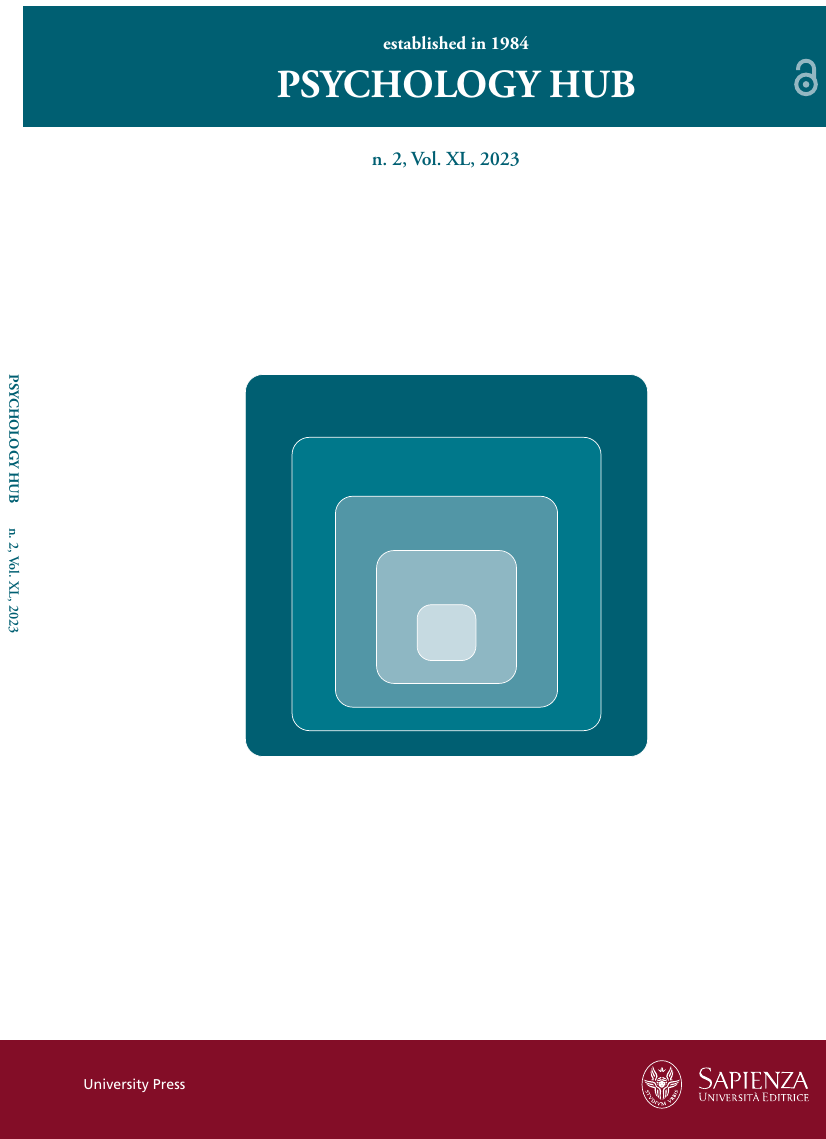Polemical Social Representations in Social Media: “Snapchat Dysmorphia”
DOI:
https://doi.org/10.13133/2724-2943/18040Keywords:
Snapchat dysmorphia, Polemical Social Representations, Emotions, Values, Practices, Social Media CommunicationAbstract
Introduction. On social media, it’s possible to create a personal online identity, even very different from the real one. Scientific literature indicates that in some cases there may be a risk of incurring serious problems, such, for example the Body Dysmorphic Disorder (BDD). BDD regarding the use of filters to edit the body image is called “Snapchat Dysmorphia.
Theoretical background. The Social Representations Theory (SRT) -even if it was formulated during the last century- can be used to read and to interpret emerging phenomena like “Snapchat Dysmorphia”.
Aims. The purpose of the research is to analyze the communication about “Snapchat Dysmorphia”, identifying which type of post (written post, photo or video) is the most common among the hashtags considered, the words and the emoticons used in the captions on the three main social media (Facebook, Instagram and Twitter).
Hypotheses. During the first step of the research, and behind the choice of the #, there were some expectations: 1) The comparison between the representations of the real body and of the edited body (H1); 2) The rejection of the imperfect body, far away from the beauty standard stereotypes (H2); 3) The promotion of the acceptance of imperfections, following the body positivity movement (H3).
Method. Through the use of six hashtags (snapchat dysmorphia, beauty standard, Instagram reality, selfie dysmorphia, filter no filter, unrealistic beauty standard), the contribution analyses posts published in English on Facebook, Instagram and Twitter in 2021. The analysis were made with the IRAMUTEQ software and the result was the Descending Hierarchical Classification (DHC).
Results. The DHC produced six classes: comparison between the own body and the others’ body; comparison between the real body and the edited body; positive value dimension; negative emotional/value dimension; stereotypes of beauty; filter and edited body parts. The results show key elements of the S.R.T.: the emotions, the values, the attitudes and the stereotypes of snapchat dysmorphia.
Impacts of the work. Because of the close bond between social representations and practices, the study, in its application value, supports the body positivity actions aimed at reducing the spread of “Snapchat Dysmorphia”.
Additional Files
Published
How to Cite
Issue
Section
License
Copyright (c) 2023 Psychology Hub

This work is licensed under a Creative Commons Attribution-NonCommercial-ShareAlike 4.0 International License.





